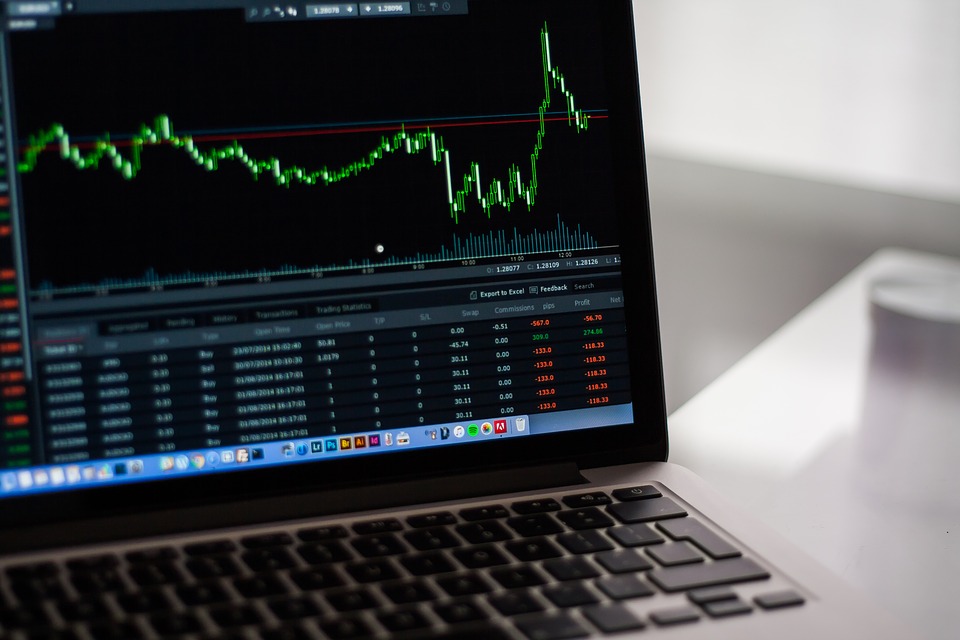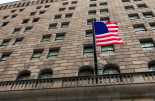AXA IM: FOMC stands ready to do more if necessary
AXA IM: FOMC stands ready to do more if necessary

David Page, Head of Macro Research at AXA Investment Managers, comments on the recent developments at the US Federal Reserve.
- FOMC leaves policy on hold – FFR, IoER, QE statement and commitment to market liquidity, by unanimous decision.
- The Fed statement fell short of formal contingent forward guidance, but continued to state that policy would be maintained at current levels until the Fed was “confident that the economy has weathered recent events and is on track to achieve its .. goals”.
- Fed Chair Powell stated that the Fed would provide the stimulus needed, but fell short of giving any precise quantification or timeline as the Fed gauged what path the virus and economy would take.
- Powell also discussed the Fed’s additional tools of credit facilities, but discussed the likely need for more monetary and fiscal policy.
- We expect the Fed to provide ongoing balance sheet expansion over the coming quarters to ease financial conditions and attempt to deliver a robust recovery in the face of several headwinds.
- We also expect more specific forward guidance to emerge in the coming months.
The Fed left monetary policy unchanged after its meeting this month. The committee unanimously decided to leave the Fed Funds Rate unchanged at 0-0.25% - in line with ours and market expectations. The Committee also left the interest on excess reserves (IoER) rate unchanged at 0.10%. This was also in line with market expectations, but we had considered the relatively low setting of the effective FFR in recent weeks at around 0.05% as something that might have prompted them to increase this rate by 5bps – a technical adjustment that we have seen used several times in recent years. In the event they did not. The accompanying statement also stated that the Fed would continues to but UST and MBS securities “in the amounts needed”, while the Open Market Desk would continue to offer “large scale” overnight and term repo. As we suggested the Fed also fell short of formal contingent forward guidance, but the statement did say that “the Committee expects to maintain this target range until it is confidence that the economy has weathered recent events and is on track to achieve … its goals”.
In the absence of Summary Economic Projections, the accompanying statement was the only additional information before the press conference. The statement reset the economic description in the light of recent developments. It described the coronavirus outbreak as “causing tremendous human and economic hardship”. The virus and measures to combat it were described as “inducing sharp declines in economic activity and a surge in job losses”, while weaker demand and oil price shifts were described as “holding down consumer price inflation”. Developments were also said to have “significantly affected financial conditions”. In all the statement concluded that the virus would pose “considerable risks to the economic outlook over the medium term”.
Fed Chair Powell addressed a virtual press conference. He reiterated the Fed’s main message several times, that the Fed would make the “full use of its tools”, it would act “forcefully, proactively and aggressively” for “as long as needed” and until a recovery was reached and to ensure a “robust recovery”. However, Chair Powell said that the Fed thought the level of policy stimulus was appropriate for now. He also made it clear that the Fed was still in wait and see mode for now – gauging the overall impact on the economy. He was asked about the Fed’s forward guidance and suggested that while markets were not pricing any “lift-off” for “quite some while”, the Fed was considering more specific language.
Asked about what else the Fed could do, Chair Powell referred to scaling up its credit operations – referencing the additional and untapped capital that Treasury could authorise for the Fed. Powell stated that corporate credit facilities should be live “soon” and that the Main Street Program was taking longer and would likely continue to evolve. Powell also referred to asset purchases, which he said would be carried out in amounts needed. He stated that these had been undertaken for liquidity purposes, but would also be easing financial conditions. However, the Fed Chair strayed a number of times to suggest that further fiscal policy might be required and was quite forceful in rejecting concerns of fiscal sustainability for now, stating that the US had fiscal capacity for now, that now was not the time to restore the finances to a sustainable path. Instead he suggested that efforts should be focused on ensuring that households and business did not suffer avoidable insolvencies.
Finally Fed Chair Powell suggested that weaker demand and low energy prices would keep inflation subdued. He was asked specifically about deflation risks. He suggested that while inflation expectations remained anchored the risks of deflation should be avoided. He added that households should see through any short-term drop in headline inflation into negative territory.
To our minds Fed Chair Powell showed a Federal Reserve that was providing as much stimulus as it thought necessary. In truth, the Fed has taken rates as low as they will go, has the scope to purchase unlimited long-term assets and is varying purchases on a nearly weekly basis, while also backstopping short-term liquidity with “large scale” repo and many credit markets. There is little more the Fed can or need do for now. However, the Fed is clearly uncertain about how the virus and economy will progress over the coming quarters and stands ready to adjust policy accordingly. We thought it telling that Powell consistently referred to the need to provide additional stimulus (monetary and fiscal) to secure a robust recovery, with our view that much of the stimulus provided to date will only meet the drop in activity expected over the coming months. We expect the Fed to continue to expands its balance sheet over the coming quarters in an attempt to deliver a robust recovery in the face of persistent headwinds. We also expect forward guidance to become more specific over the coming months – possibly from as soon as June when the Fed produces its next round of Summary Economic Projections.
Financial markets appeared to take the Fed’s reassurance of backstopping the economy at face value. 2-year Treasuries rose 1bp to 0.20%, while 10-year yields rose by 4bps at one point, but retreated to +2bps to 0.62% at the time of writing. The dollar fell back modestly (-0.2% against a basket of currencies) after the meeting, but this extended the dollar’s losses to 1.2% over the last four sessions. US stocks rose by 0.4% after the meeting to their session highs at the time of writing and the highest reading since early March.







